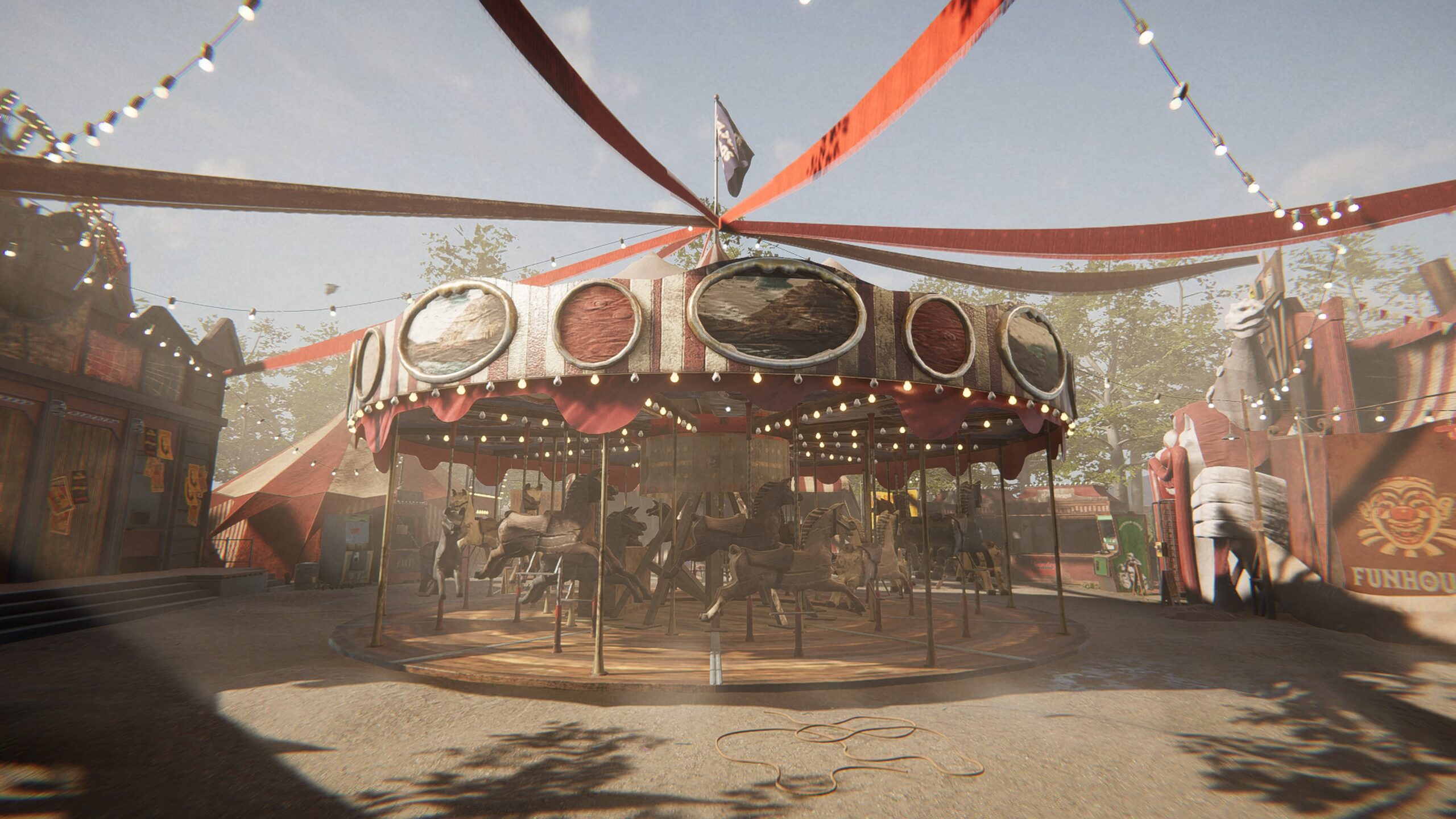
Mar
Reveil Review
Check out our review of Reveil to find out what we thought about the First Person psycho-thriller game from Pixelsplit.

Ever since Hideo Kojima dropped P.T back in 2014, the chase to find the next P.T. has led many developers to build atmospheric, claustrophobic, and moody horror titles that emulate P.T.’s unique setting. That setting being that the player is stuck in a house/hospital/old mansion/insert-setting-as-appropriate, with no way out. These games use suggestive lighting, sounds, and jump scares to create a tense atmosphere where you try to figure out what is happening.

The genre eventually came to be known as the first-person horror narrative(s) and it spawned genuinely great games such as the Layers of Fear series or the Amnesia series. Following that vein, Reveil is an FPS Horror Narrative by Pixelsplit, an Indie game dev studio based in Germany – that has a unique twist to the setting. It is about a circus.
The first thing you notice after waking up alone in a bed with a banging headache and no recollection of why you’re there is how good the game looks. Unreal Engine 5 does a whole lot of heavy lifting here – the photorealistic setting and lighting create a genuinely oppressive and tense atmosphere.

The environments are meticulously detailed and they look lived in. As you solve surprisingly varied puzzles in these environments – all the while avoiding a few creatures, you start to notice some truly disturbing things.
The immersion factor is great here, with good sound design and excellent object design – the sets are incredible and the transitions from set to set are amazing. It feels like a connected clockwork puzzle with an invisible hand guiding your every move.

The problem that I had though was the voice acting. Now I am not saying Walter’s actor did a bad job, if anything he was excellent. It was his reaction to things – he takes everything in stride. Nothing phases him – no matter how grotesque the scene unfolding ahead of him gets, he just shrugs it away.
Narratively it does make sense in the final chapter, as to why he behaves like this, and even during the actual gameplay, he does comment that he might be stuck in a nightmare. But it doesn’t do a lot for immersion when the voice acting just doesn’t convey the horror of having a dead child jump down your throat from a blood-filled bathtub in your bathroom or the fact that the walls of your house are bleeding.

The best part of the game for me though was the setup. You play as Walter, a circus prop designer and you are looking for your wife Martha and daughter Dorie, who are both circus performers. This allows the developers to set the game in a setting that I have never experienced before.
The first time you see the circus is quite beautiful. And the way you transition between the different stages of this story is amazing too, from your house to the circus to some really strange places.

Through a mix of puzzles and a creepy soundscape, the game slowly peels its narrative open for you till the surprisingly decent twist in the final chapter.
Reveil is one of those rare games in this genre, that trades away terror for telling a human story of family, choices, and loss. It does that exceptionally well by incorporating amazing set design, sound design, and a story that resonates with the player.
While I wouldn’t say this is a scary game, it does have its moments and is an uncomfortable experience – in a good way. Its more creepy than it is horrific and that is sometimes a great thing.
Developer: Pixelsplit
Country of Origin: Germany
Publisher: Daedalic Entertainment
Release Date: March 6, 2024 (PC, PS5)
This review of Reveil is based on a copy of the game provided by the publisher. The PS5 version of Reveil was played for this review.
Thank you for reading our review of Reveil. Playing the game already? You can check out our walkthrough of Reveil here.
For more interesting articles about indie games, be sure to check out the links below.
- Into Indie Games Homepage
- A Nightingale beginner’s guide for getting started in the Fae Realms
- The Thaumaturge explores early 20th-century Warsaw, Thaumaturgy and Slavic folklore
- Best Indie Games of 2024
- The Last Faith Review
